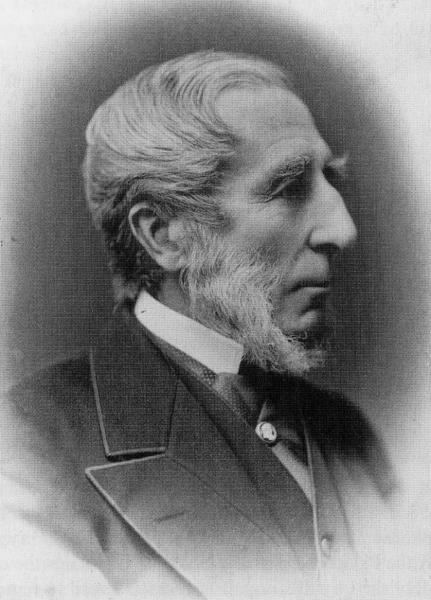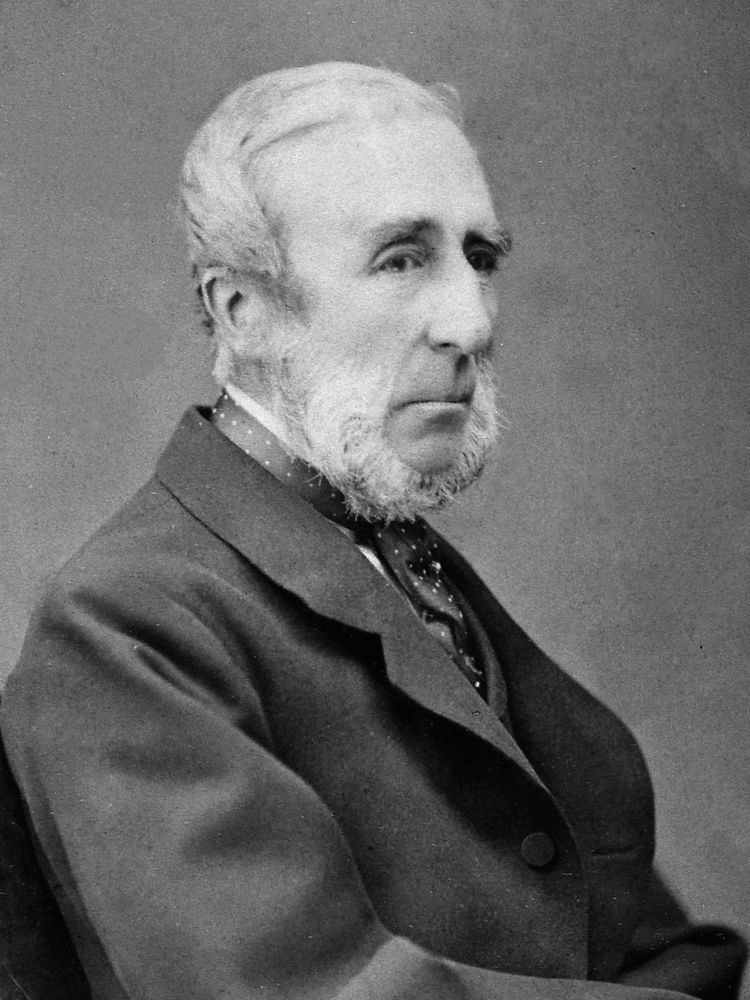Nationality British Role Surgeon Name George Busk | Children Two daughters Occupation Surgeon Spouse Ellen Busk (m. 1843) | |
 | ||
Born 12 August 1807 ( 1807-08-12 ) Saint Petersburg, Russian Empire Resting place Kensal Green Cemetery, London
51°31′43″N 0°13′27″W / 51.5286°N 0.2241°W / 51.5286; -0.2241 Title MRCS Lond. (c.1830)
FRCS (1843)
FLS (1846)
FRS (1850) Died August 10, 1886, London, United Kingdom Books Catalogue of Marine Polyzoa in the ... British Museum Awards Wollaston Medal, Lyell Medal | ||
George Busk RN FRS (12 August 1807 – 10 August 1886) was a British naval surgeon, zoologist and palaeontologist.

Biography
Busk was born in St Petersburg. He was the son of the merchant Robert Busk and grandson of Sir Wadsworth Busk. On 12 August 1843 he married Ellen Busk, his first cousin.
He studied surgery in London, at both St Thomas' and St Bartholomew's hospitals, and was appointed assistant-surgeon to the Greenwich Hospital in 1832. He served as naval surgeon first in the HMS Grampus.
Later Busk served for many years in HMS Dreadnought, which had fought at Trafalgar. In Busk's time it was used by the Seamen's Hospital Society as a hospital ship for ex-members of the Merchant Navy or fishing fleet and their dependants. During this period Busk made important observations on cholera and on scurvy.
He founded the Greenwich Natural History Society in 1852, and was its president until 1858.
In 1855, he retired from service and settled in London, where he devoted himself mainly to the study of zoology and palaeontology. As early as 1842, he assisted in editing the Microscopical Journal; and later he edited the Quarterly Journal of Microscopical Science (1853–68) and the Natural History Review (1861–65). He was a member of the famous X-Club founded by Huxley, which was active in revitalising science in the period 1865–1885. Busk and his wife Ellen were close friends of Huxley. Busk nominated Charles Darwin for membership in the Royal Society in 1864.
From 1856–59, he was Hunterian Professor of Comparative Anatomy and Physiology in the Royal College of Surgeons, and he became President of the college in 1871. He was elected Fellow of the Royal Society in 1850. Busk was an active member of the Linnean Society, the Geological Society and president of the Ethnological Society and then the Anthropological Institute (1873–74). He received the Royal Society's Royal Medal and the Geological Society's Wollaston and Lyell medals.
He was the leading authority on the Polyzoa; and later the vertebrate remains from caverns and river-deposits occupied his attention. In 1862, Busk was again in Gibraltar, and was the responsible of bringing to England the so-called Gibraltar skull (the first known adult Neanderthal skull, and only the second Neanderthal fossil ever to be found, excavated at Gibraltar in 1848). The identification of the skull as belonging to a Neanderthal was not made until the 20th century.
Busk was a patient and cautious investigator, full of knowledge, and unaffectedly simple in character. He died in London on 10 August 1886 and is buried at Kensal Green Cemetery, London, in the northern section of the central circle.
